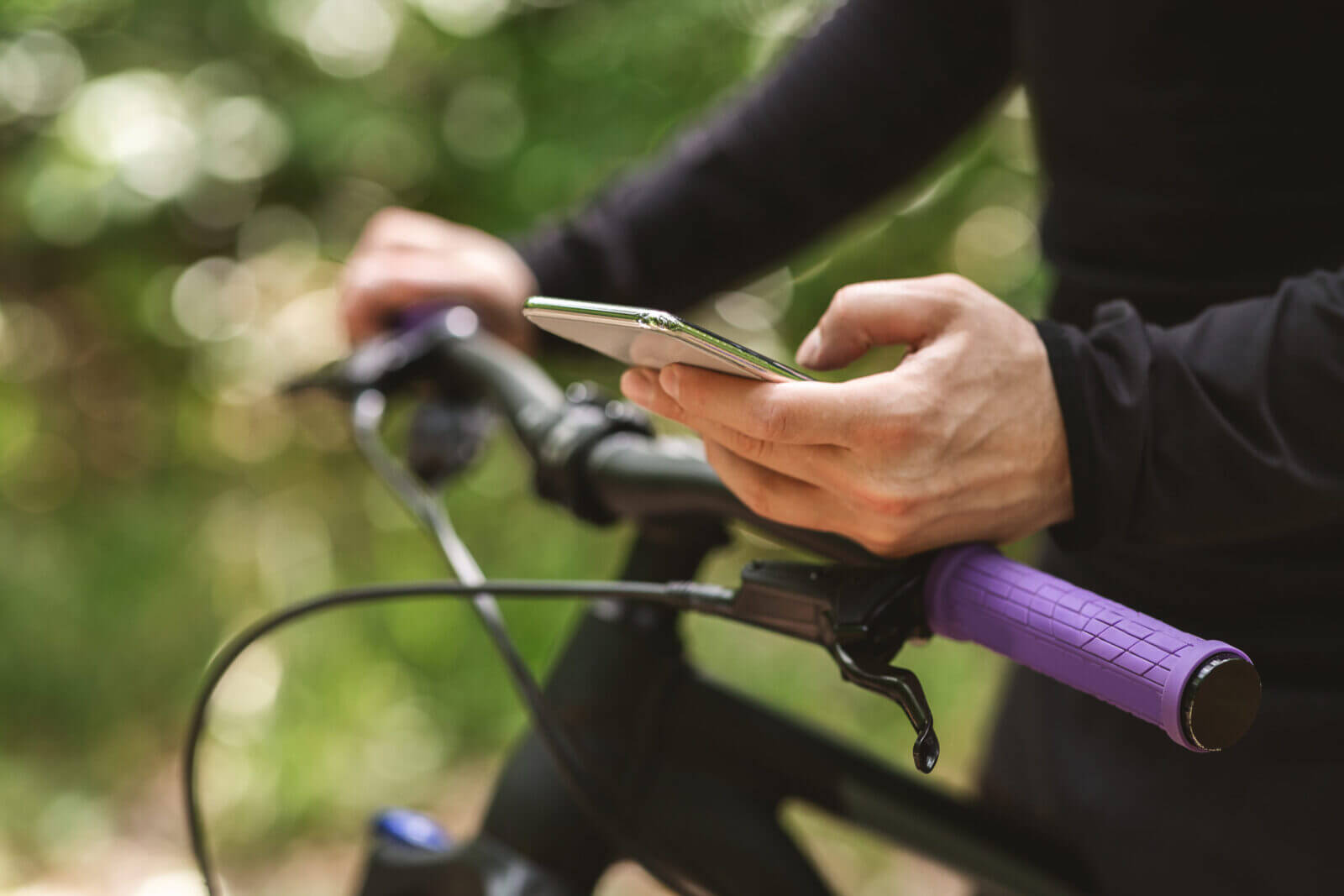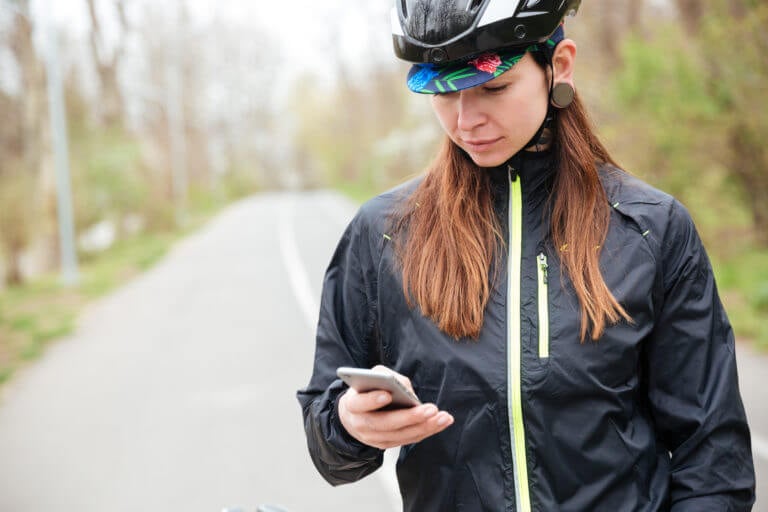We don’t like being ripped off, and we’re guessing you don’t either. Here’s how to do a thorough stolen bicycle check

The Internet makes it easier for us to buy and sell used bicycles, and we love it. Unfortunately, there is a small percentage of sellers out there looking to make a dishonest buck by selling you a stolen bike.
Here are some tips to make sure you don’t accidentally purchase a stolen bicycle and get ripped off.
Before you begin: Remember, one of the best ways to protect yourself financially against a stolen bicycle is to register it and purchase a bicycle insurance policy immediately. We offer policies starting at just $100 per year and you can get an instant quote in seconds
Tip #1: Check The Serial Number!
We cannot stress this enough. It’s easy to do and it takes roughly 15.7 seconds (and yes, we actually timed it out). Find out the serial number of the bike, then copy and paste into an online bicycle registry.
Steps For Getting The Serial Number
- If you’re buying online, it might be listed in the advertisement or post
- Ask the seller for it before agreeing to meet up
- If you’re meeting in person, try finding it engraved near the cranks or look for a QR code to scan
The registry will let you know if the bike has been reported as stolen and if it’s a valid serial number (also known as a frame ID).
If the serial number is stolen: Don’t buy the bicycle!
If the serial number is invalid: Either the bike was never registered, or part of the serial number engraving has been altered.
Try a few different registries, but we recommend starting with these.
For a complete step-by-step, read our complete guide on how to find a bicycle’s serial number. It’s got plenty of information on how and where to find the serial number if the steps above didn’t cut it.

Tip #2: Pay attention to details to find out if bike is stolen
We have gut feelings and it’s important to notice them. If something about the bicycle or the seller seems off, you should listen to that. Some red flags to look out for include:
The bike doesn’t match the seller
Is the seller an 8’ tall adult trying to flip a bicycle more fit for a teenager? There are always exceptions and people sell bikes for different reasons, of course. But if it’s not matching up and doesn’t feel right, it could be a legit red flag.
There’s fresh paint or the bicycle has been spray painted
If there’s a fresh coat of paint, the seller may have recently tried to change its color to avoid being caught if the bicycle was originally stolen.
It is certainly possible they were trying to fix it up for the listing, just be careful and keep your eyes open. If the bicycle looks spray-painted on the other hand, there’s a decent chance the seller was in a hurry to cover up the bicycle’s make, model, serial number, or even rust or damage.
There are weird stickers in strange places all over the bicycle
In addition, if the bicycle has been stolen previously, the police may have etched a tracking number somewhere on the frame. If the bicycle has weird stickers in strange places, they could be trying to cover these etchings.
If the original owner registered their bicycle online, they may have received a registration sticker in the mail. These stickers are usually QR codes and are meant to be scanned in case a bicycle is stolen and needs to be returned. They also serve as visual deterrents for thieves. A dishonest seller could have covered up the bicycle registry sticker with another one to hide the scent.
The bike has signs of vandalism. Does it look like the bike’s frame is bent? When a bicycle is stolen, sometimes parts other than the lock also get damaged. Chipped paint, tiny cracks in the frame, or other dents may be leftover collateral damage from when the lock was cut.
However, frames do occasionally get bent for a variety of reasons. Some of these indicators may not necessarily be red flags on their own. But when you add them up, does the situation seem sketchy?
Tip #3: If It’s Too Good To Be True, It Probably Is
That’s right! If the price seems unreasonably low (or high), the seller may be looking for a quick buck or trying to unload it quickly. A seller who understands the true value of a bicycle is more likely to value or price it appropriately than someone getting rid of a stolen one.
Simple Bike Insurance wants you, and your bicycle, to be safe. Remember to avoid in-person meet-ups with strangers alone and try to meet in public places with lots of foot traffic.
